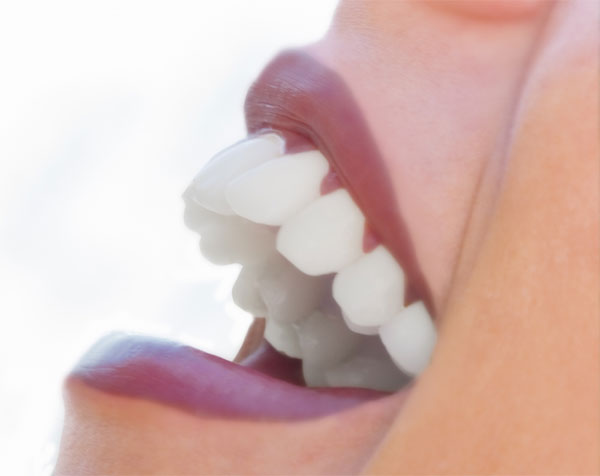Not long ago, one of the only available methods that could whiten teeth was faithful tooth brushing in the hope that the ravages of staining substances would not turn your teeth yellow or gray. The other option was harmful bleaching techniques.
Recently, there has been an explosion of tooth whitening methods, from gentle bleaching chemicals and plastic inserts to light treatments and complete dental resurfacing. The problem now is not a lack of options, but a lack of reliable information.
This article serves as a guide to help you decide which tooth whitening method is right for you.
Do it yourself methods
Do not dismiss regular tooth brushing as a way to keep your teeth white. It is something that you need to do several times a day anyway for the health of your teeth and mouth, but brushing after meals and snacks can help you preserve the natural whiteness of your teeth.
Tooth brushing is the least expensive and healthiest way to maintain white teeth. Don’t knock it until you’ve tried it—gentle brushing after all meals and potentially tooth-staining beverages like coffee and cola. If you smoke, achieving or keeping beautiful white teeth is yet another reason to quit.
There are several tooth whitening products available for use in the home. Most work by using hydrogen peroxide or carbamide to “bleach” tooth enamel. Just like most things available over-the-counter the concentrations of bleaching agents available at home are lower than those that a dentist would use.
For example, the peroxide concentrations in whitening toothpastes are less than 1 % and are only slightly effective. For real whitening to occur, the peroxide needs to come in close contact with the enamel for a reasonable amount of time. Bleaching gels contain around 10 to 20 % carbamide peroxide, whch is reasonably concentrated, but since there is no way to hold the peroxide against the tooth for very long, the bleaching agent is diluted and wears away.
Whitening strips, on the other hand, do provide a way to hold the bleaching solution against the teeth, but the percentage of peroxide is under 6 %. Strips and gels applied at home can be effective if used as directed and often enough to see results.
Professional whitening agents
Your dentist can help you keep white teeth if you let her. Periodic professional tooth cleanings with polishing tools, chemicals, and gentle abrasives can not only ensure healthy teeth, but can keep them white, too. If you are specifically interested in whitening your teeth several shades, your dentist has access to the good stuff: hydrogen peroxide bleaching agents up to 40 % concentrated.
However, these highly concentrated solutions are terrible for the very sensitive gums and supporting tissues. This is why a custom designed tray should first be fashioned that adequately holds the bleaching agent next to the teeth but prevents it from touching the gums.
This is obviously precise work and should be attempted only by a professional. Even with careful preparation and execution, professional bleaching can leave teeth sensitive to heat and cold temporarily. Also, if any solution touches the gums or penetrates the enamel it can make the mouth sore.
Going under cover
If teeth are less than bright white due to dental disease or tooth decay, there are a variety of functional and cosmetic procedures that can be performed that help strengthen and protect teeth and leave an excellent cosmetic result. Cavities can be treated with tooth-colored restorations (fillings) including inlays, onlays, crowns (caps) and veneers.
Some of these techniques have their own limitations and considerations, but, when performed by a gifted cosmetic dentist, can improve your smile dramatically. These procedures are obviously more expensive than at-home or even clinical cleanings, but the positive effects on tooth whitening can be profound.
